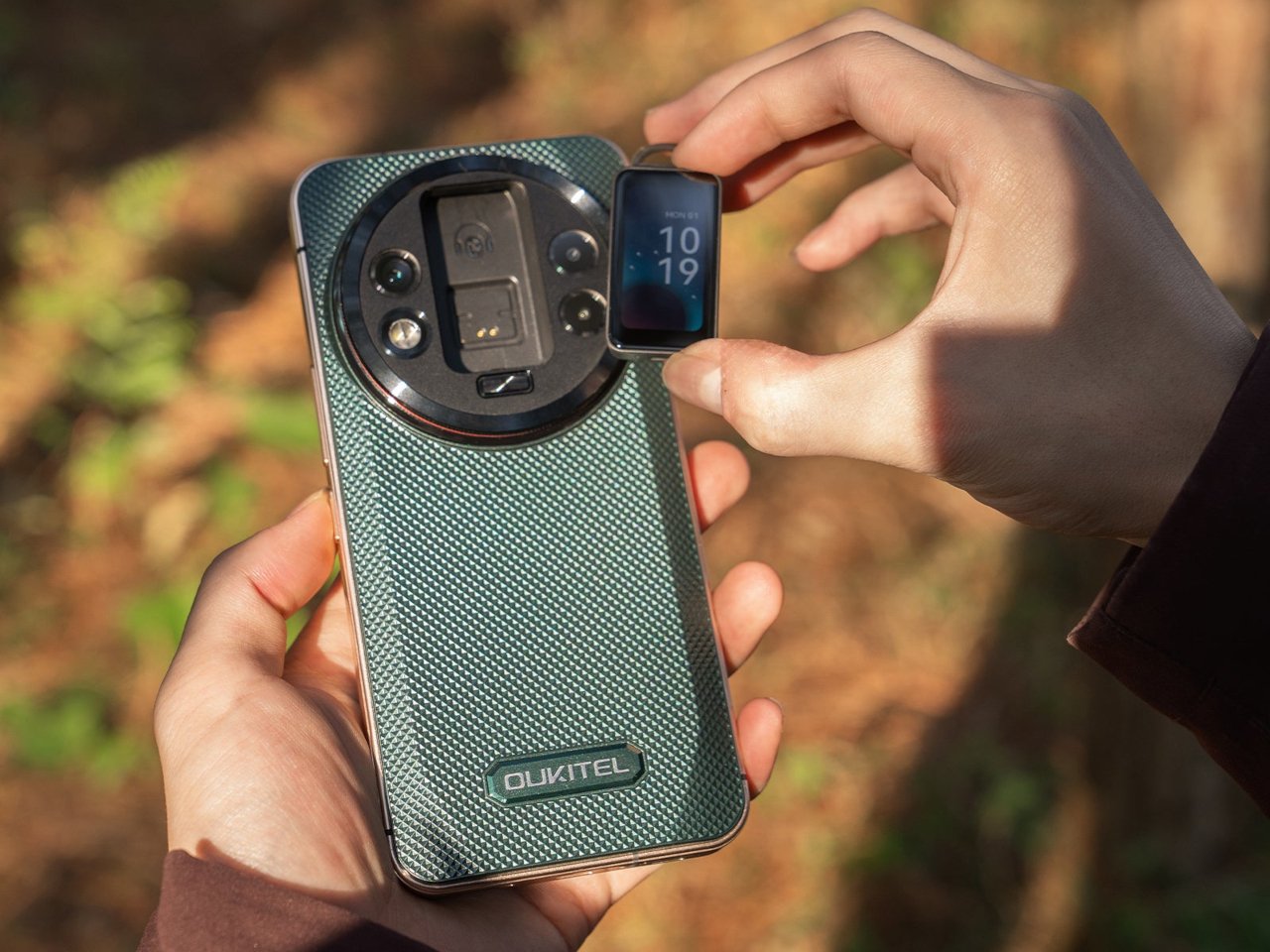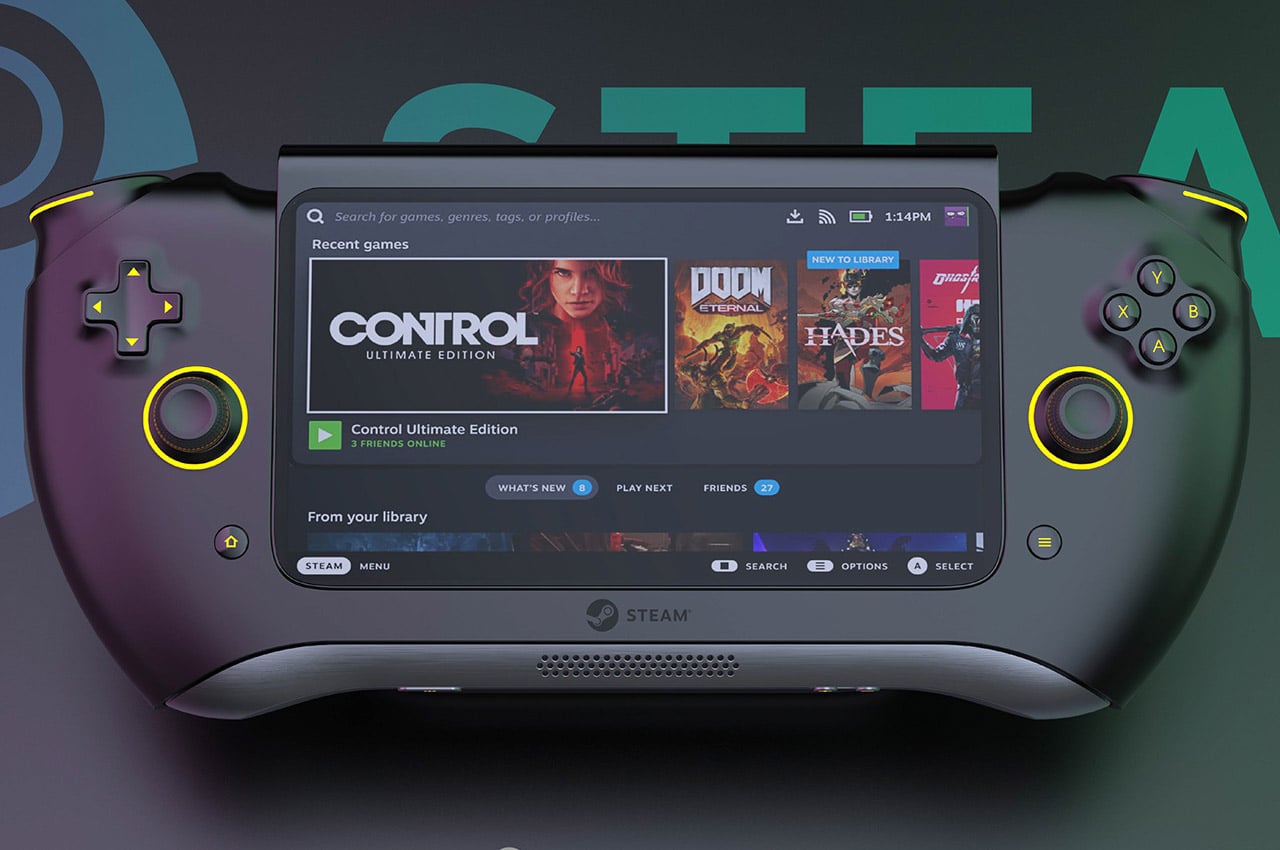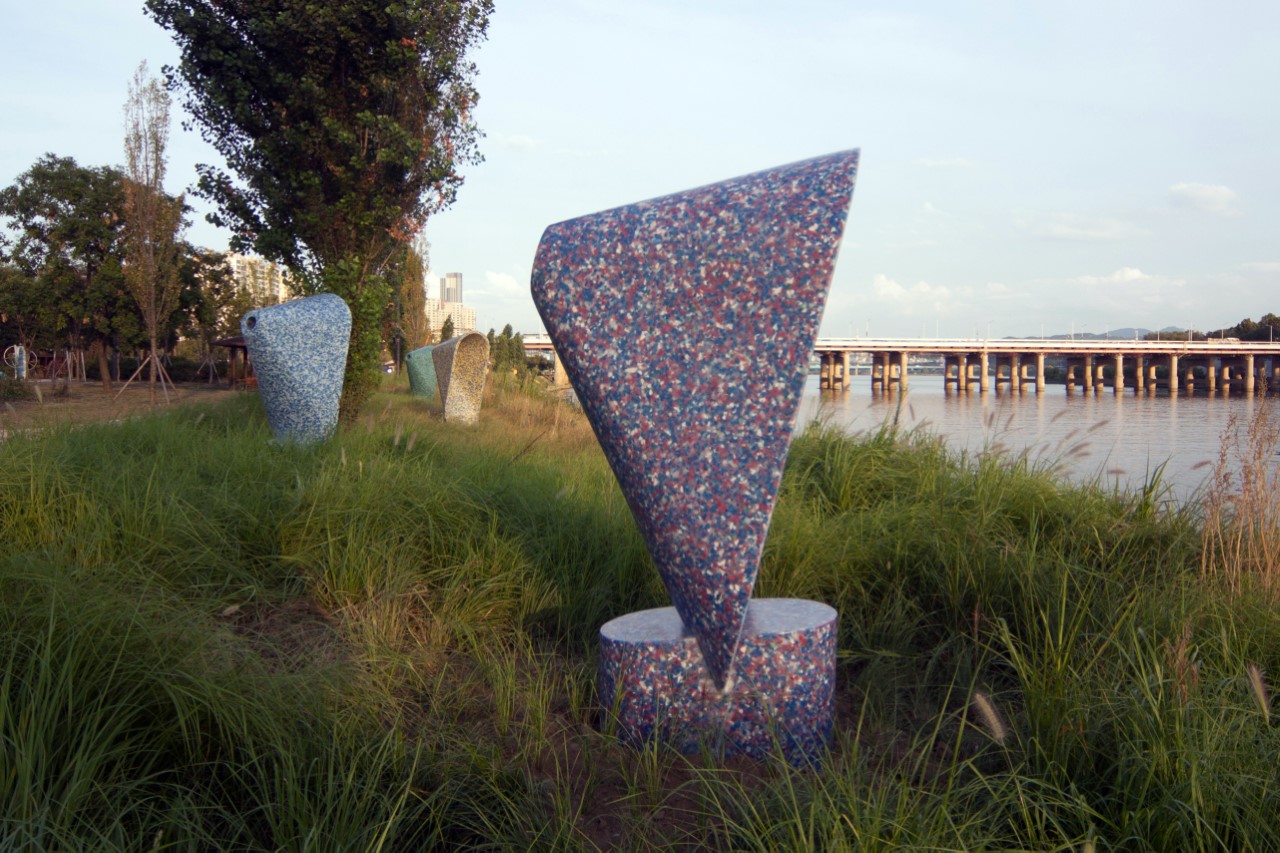#How to build a better remote team at your digital marketing agency

Table of Contents
Learn how a personality strength assessment tool can help you identify team members’ strengths and drive greater success.
- A lack of face-to-face interaction and inability to read body language.
- Over-reliance on communication tools, such as Slack.
- Being unable to meet your boss or team members in person for months, years or possibly ever.
These and other challenges can lead to miscommunication or make it difficult to build team cohesion.
This can be magnified in matrixed teams, where an account leader may or may not be the person’s direct manager.
However, tools such as CliftonStrengths or the Enneagram can help build and optimize remote agency teams. Identifying the individual strengths of your team helps:
- Foster better communication.
- Enhance team cohesion.
- Build an understanding between agency teams and clients.
Simply put, helping team members understand each other’s preferences and strengths can give managers and leaders insight into why people behave the way they do. This understanding also helps guide those who are responsible for delegating projects and tasks.
In addition to improving your existing team, tracking CliftonStrengths results over time can help agency leaders identify, understand and hire for the strengths that tend to drive the highest performance.
What is CliftonStrengths?
CliftonStrengths, formerly known as Clifton StrengthsFinder, is an assessment developed by the Gallup organization. It helps people discover their natural strengths.
The assessment also identifies how individuals lead, including through:
- Influence.
- Strategic Thinking.
- Execution.
- Relationship Building.
Those who lead with Influence tend to thrive when working through others, whereas those who lead through Relationship Building may excel at fostering deep connections.
Building a balanced team
We have individuals take the CliftonStrengths assessment as part of the interview process to:
- Identify where they naturally gravitate.
- Understand how they might fit into our team.
- Guide the final discussions of the interview process.
This information provides an opportunity to learn how an individual’s strengths manifest when working with their team and clients.
There are 34 total possible strengths. The assessment identifies each person’s top 5 strengths. (One version of the assessment ranks all 34 strengths, whereas the default shows only the top 5. We use the version that ranks all 34.)
Each strength is associated with a color (blue for relationship themes, purple for execution themes, green for strategic thinking themes, and orange for influencing themes).
Having a balanced team is important – especially when individuals collaborate with clients. That said, we see notable differences in the makeup of our leadership, SEO and PPC teams.
Our SEO team is a blend of Achiever and Strategic Thinking. Our PPC team is a blend of Arranger, Strategic Thinking and Relationship.
In leadership positions, we look for a blend of colors in the top 5, ideally with at least 3 colors present, with 4 being extremely rare but desirable. Orange tends to present itself in those who come across as natural-born leaders, with the confidence to lead a group.
Command is the rarest of the strengths, yet we have been fortunate enough to find three individuals with that in their top 5.
Our leadership team serves as a good model for diversity. With all colors present, two individuals lead with Influencing themes, one with Execution, and one with Relationship Building.
We balance each other out. The diversity in perspective leads to healthy debates because we all tend to see things through a difference lens.
Although people’s strengths can evolve as they grow in their career, and certain new themes may emerge, I’ve found that 2-3 of mine have stayed in place over the past 15 years. They’ve shifted in position, but remain present.
Building rapport and understanding
To build a more effective agency team with CliftonStrengths, it’s important to share each person’s results openly. Remember, no strength is “better” than others.
By knowing what makes each person tick, a manager can better manage their team – whether it’s a matrixed organization, pods or direct reports.
For example:
- Someone who skews to Futuristic thinking may always be ideating, but need a manager to ensure that clear boundaries are set so that day-to-day tasks are completed.
- Someone who has strong relationship skills may react a certain way because they are always thinking about the human impact.
- Someone who is a high Achiever, may seek to get things done themselves at the expense of working through others.
No strengths are bad, per se. However, knowing how everyone is oriented helps organize teams for success. (For example, your relationship-oriented members may excel in client-facing roles.)
Practical steps:
- Create a spreadsheet with everyone’s strengths. Color code them according to the theme.
- Conduct training for your people managers. Help them understand how to lean into each strength.
- Encourage team leads to discuss this in their team meetings.
- Have peers and direct managers discuss their own strengths in a one-on-one to discover how they can best partner.
Why this is especially important for remote agency teams
Statistics show that 93% of communication happens non-verbally. Interpreting those nonverbal cues through video is often tough.
In addition, with communication through Slack or Teams, vocal tone is left behind. Comments can be interpreted more harshly or more passively than in person, which can occasionally lead to unnecessary and unintended friction.
Lastly, learning through osmosis, like in the old days when we all sat side by side, has gone by the wayside.
This is why Strengthsifinder is excellent for teams. It:
- Allows people to see what their teammates are best at so that they can delegate work appropriately.
- Helps team members see the world from each other’s perspectives, allowing everyone to understand what’s important to their peers and how they operate.
- Helps foster trust more quickly.
- Reduces misunderstandings.
Building better client communication
When peers start linking behaviors to traits, they become better at understanding their clients, even without knowing their specific strengths. This helps client-facing individuals pick up on cues to effectively shape conversations and meeting agendas.
This can help deepen relationships and ultimately lead to better service delivery. For example:
- Marketing managers may note that certain clients always want to chat about their weekends or families at the beginning of calls. These clients may be more oriented to Relationship Building strengths and see that as a critical part of the partnership.
- Other clients may want to jump right into numbers and skip the niceties. That doesn’t mean that they don’t care – it just means that they may be more analytically inclined or lean into execution themes.
- Some clients may want to brainstorm and hear about the latest and greatest – those may be more oriented to futuristic thinking. They will view success based on how often the team brings new ideas to the table.
CliftonStrengths alternatives
While we use CliftonStrengths to identify strengths and tendencies, you can choose from various tools to get similar results.
Two other popular tools can help facilitate a better understanding of your team’s strengths and foster greater collaboration:
- The Enneagram Test. This assessment provides an understanding of someone’s motivations, core beliefs, and unconscious patterns that underlie their behavior. Nine Enneagram types, including The Reformist, The Helper, or the Challenger, characterize each of us, with one dominant type emerging.
- The Hermann Brain Dominance Index (HBDI). This assessment uses cognitive science to identify the type of thinking that shapes a person’s personality and behavior. It classifies people as Analytical, Structural, Relational, or Experimental thinkers, with a color assigned to each style. Understanding your style, and the style of others, helps you find common ground and language to improve collaboration for team results.
Bottom line
Building remote agency teams can be challenging. CliftonStrengths, or an alternative personality strength assessment, can help:
- You better understand your own strengths.
- Peers and managers better understand each other’s strengths and collaborate.
- Enhance client-agency relationships.
If you liked the article, do not forget to share it with your friends. Follow us on Google News too, click on the star and choose us from your favorites.
If you want to read more like this article, you can visit our Technology category.




